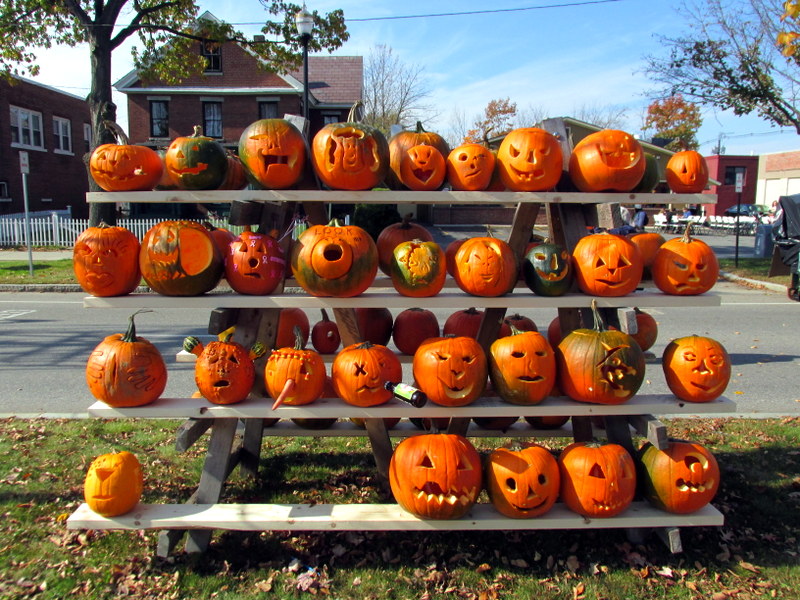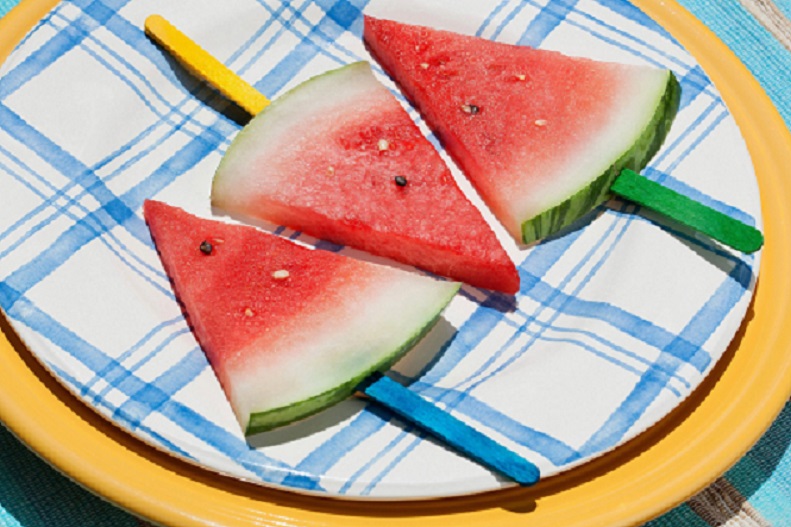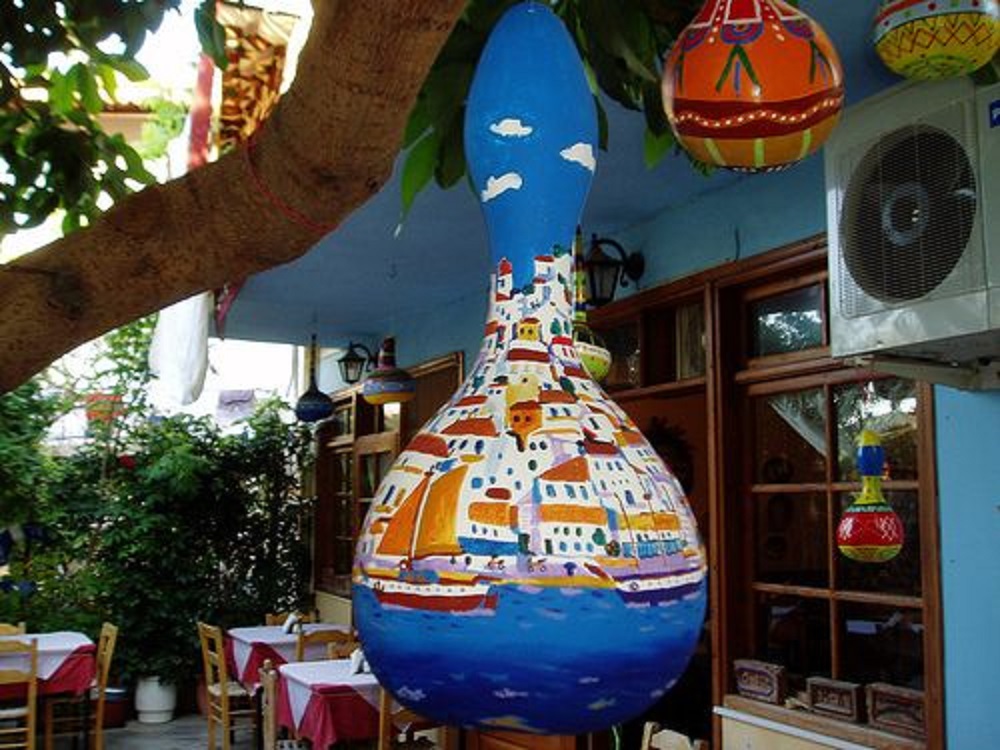Pumpkins, Gourds, Watermelons, & Squash
Ancient African long-neck gourd from Crete (credit: SWP Media)
Probably no other group od plant connotes Autumn better than pumpkins whether as Halloween Jack-O-Lanterns or tasty pies. Likewise, juicy watermelons are a treat all summer long. These vining vegetables are members of the Cucurbit family which also includes gourds and squash. While gourds are woody and rarely eaten, they are decorated with colorful ornamentation or used as musical instruments in many cultures. These annual plants have been grown and utilized for thousands of years and genetic improvements continue today from ongoing efforts by plant breeders.
The University of New Hampshire has one of the longest running cucurbit breeding programs in the US focusing on cucumbers, pumpkins, melons, and squash. Likewise, the USDA's Agricultural Research Service (ARS) has conducted decades-long efforts to develop disease resistant cultivars using classical plant breeding, now enhanced with molecular genetics. The Agency is active in helping consumers learn about their new varieties and sponsor's National Watermelon Day each year in August to showcase the latest releases.


Carved pumpkins, Keane NH (credit: Wikipedia) National Watermelon Day (credit USDA/ARS)
But modern plant breeding aside, Crete, the large Mediterranean island, has historically cultivated Long-neck gourds from seeds annually since the time of the Bronze Age Minoans. These ancient people lived on the island two thousand years before the classical Greeks were made famous in the Iliad and the Odyssey by Homer. Long-neck gourds, also known as calabash, have been in cultivation on Crete since they first obtained the seeds to grow them from Africa. The Minoans were international traders, had swift sailing vessels, and established trading routes with peoples in Africa where this gourd originated. African herders took the dried and oddly shaped pods as their portable water bottles, not unlike plastic water containers sold in supermarkets, as they walked with their cattle. They still do so today. Gourds are a fine example for how long 'heirloom plants' have been appreciated, cultivated, and culturally utilized.

Painted Long-neck gourd, Crete (credit: Visit Greece)
Not to be forgotten in this history of cucurbit cultivation are the 'monster pumpkins' plant fanciers have been developing into ever larger and larger genetic creations now. The winning monster pumpkin at one Pennsylvania event weighed-in over a ton and was dropped from 130 feet to great applause at the end of the fest. These pumpkin festivals happen from Iowa, to California, and Georgia in the US and even as far away now as Germany and New Zealand. The giant orange fruit have become a passion, or perhaps a craze, for some of the competitive enthusiasts.
Consider purchasing packets of pumpkin, gourd, or melon seeds from a heirloom supplier and see what sort of giant fruit you might someday create. If that does not sound fun, enjoy several juicy melon slices with fresh lime juice or a big piece of pumpkin pie with a scoop of vanilla ice cream instead. WHB